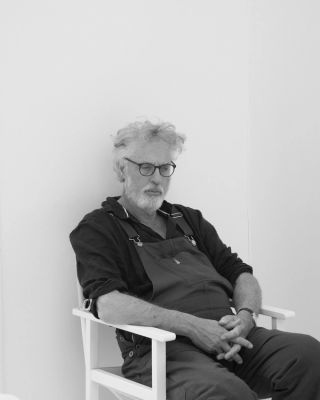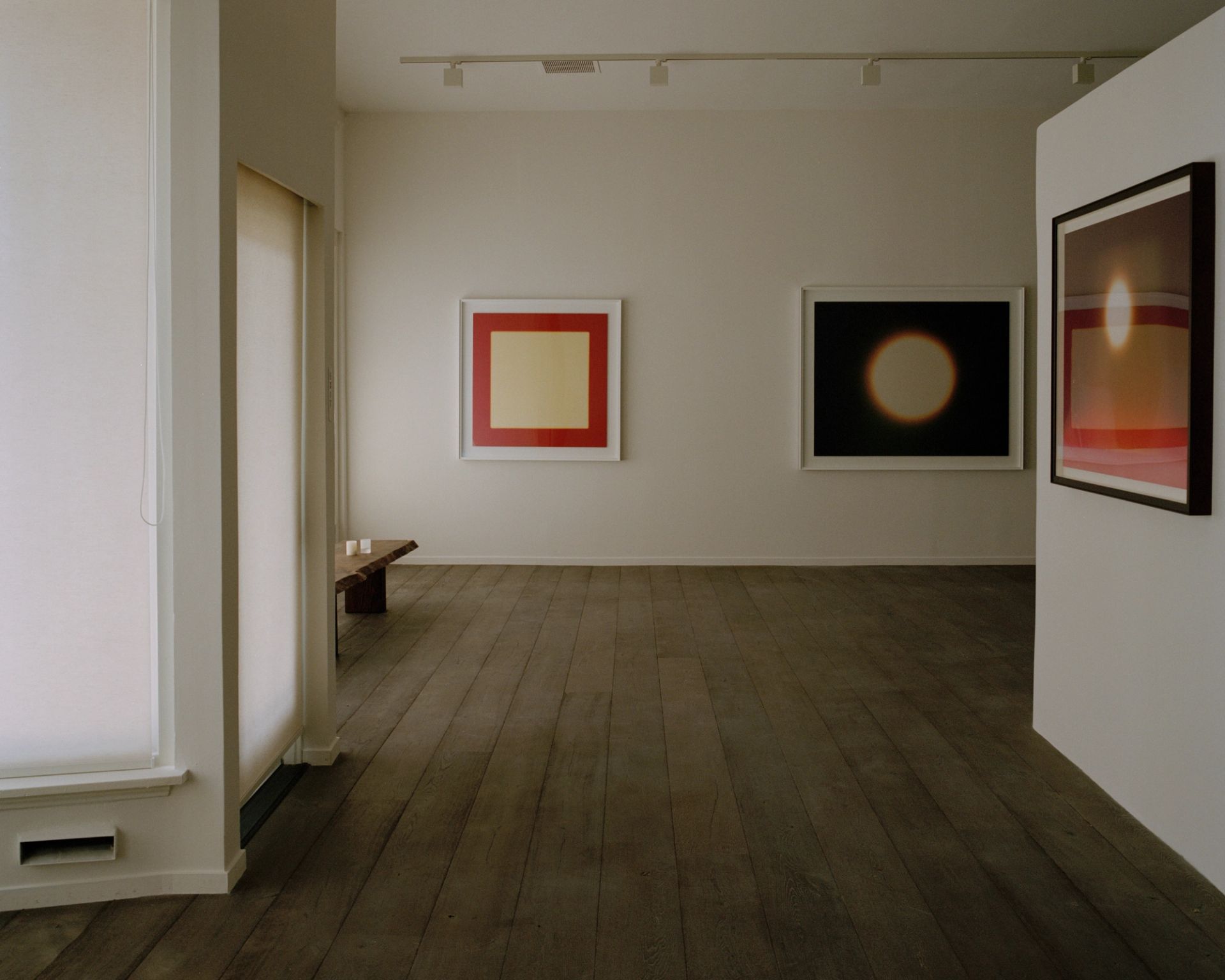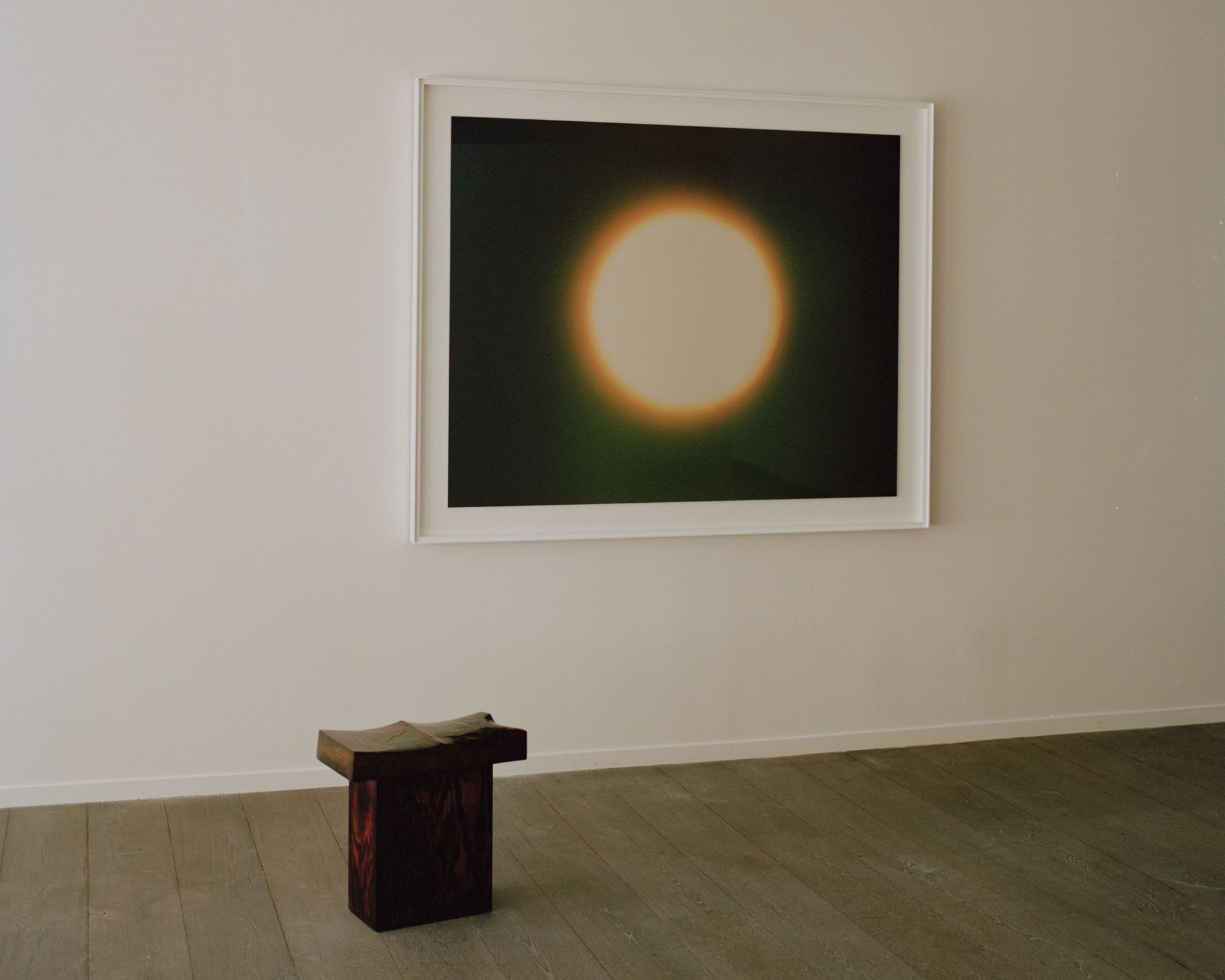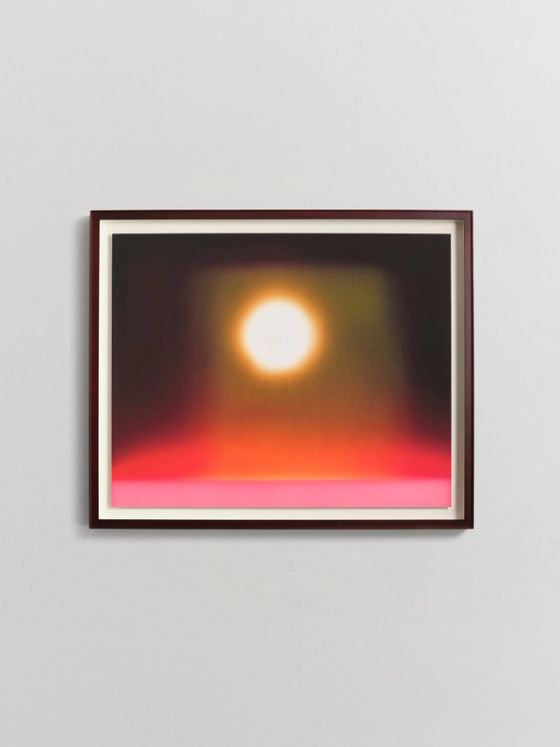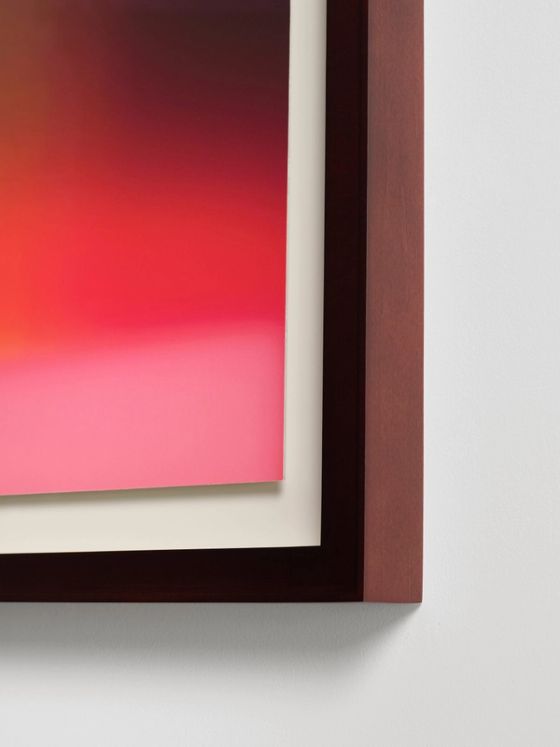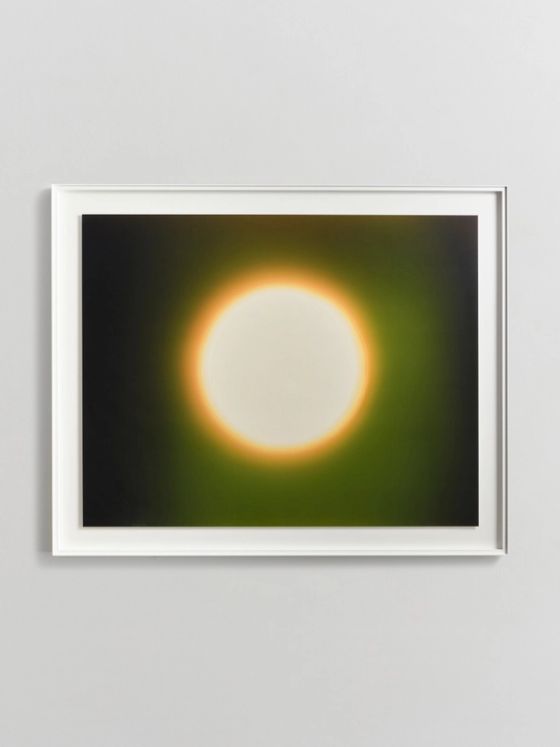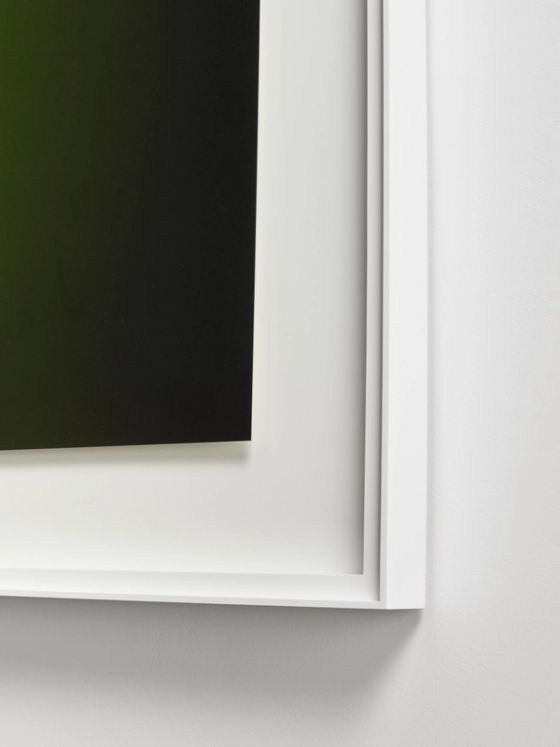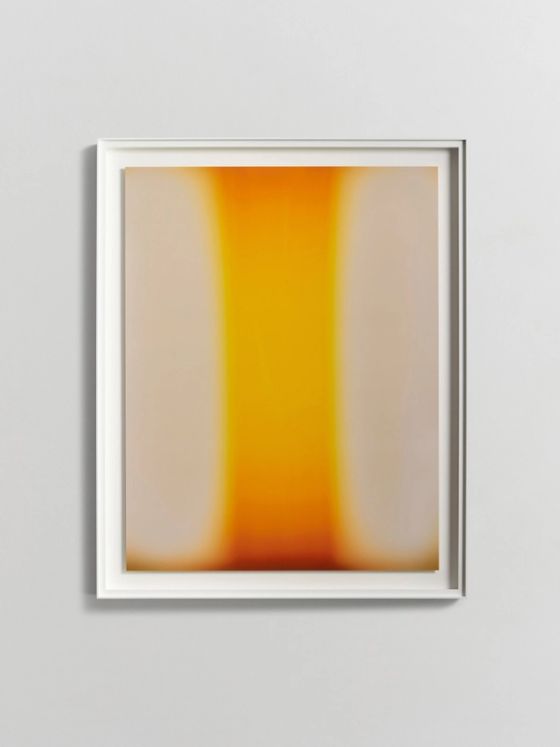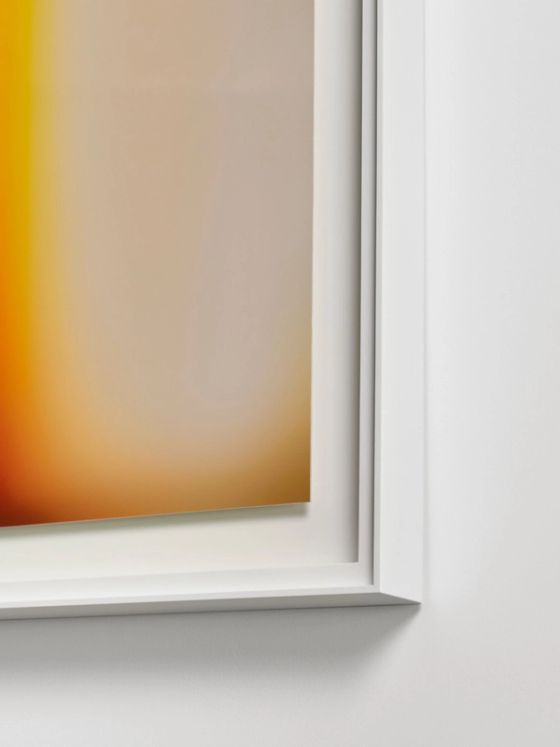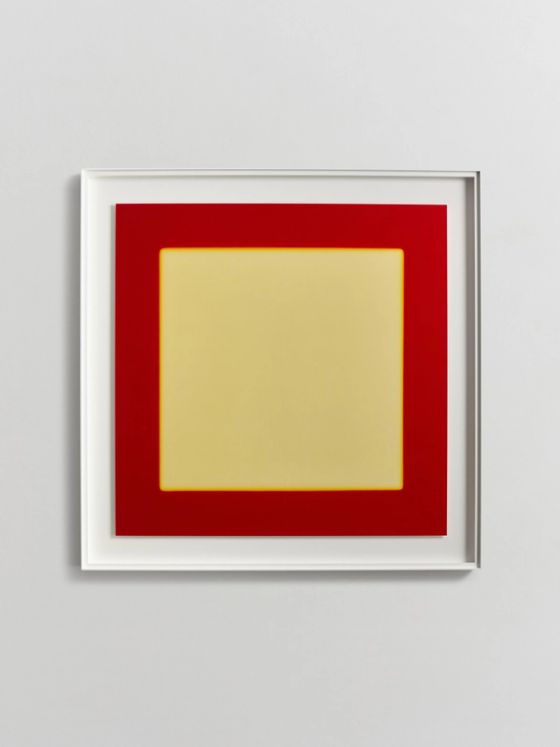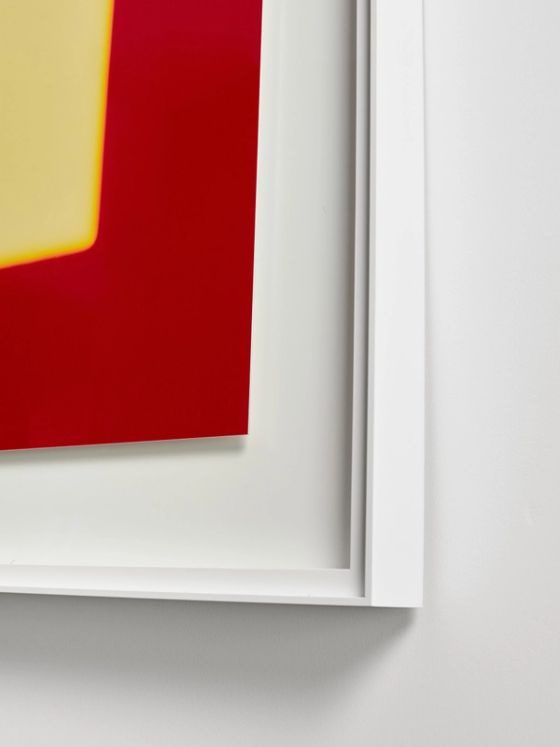Garry Fabian Miller
Garry Fabian Miller has a deserved reputation as one of the most progressive artists working with photography today. His methods look back to the early pioneers of photography in the 1830s and 1840s, passing light through objects – especially plants – or through filters of oil or coloured water onto photo-sensitive paper. In his return to basics, the fundamentals of form and colour, his work looks back to these early pioneers, but it also looks forward.
Fabian Miller’s earliest work was landscaped based. He gained international acclaim in the 1970’s for his photographs of sky, land and sea, particularly for his series titled Sections of England: The Sea Horizon that were the first shown at the Arnolfini Gallery in 1979. Since 1985 he has made camera-less images, essentially abstract photography without camera or film, exploring the possibilities of image-making in works that continue to acknowledge the rhythms of nature and passing of the seasons.
Since the mid-1980s, Miller has worked without a camera using the techniques of early nineteenth century photographic exploration to experiment with the nature and possibilities of light as both medium and subject. His earliest camera-less photographs look back to the pioneers of photography in the 1830s and 1840s, passing light through translucent objects, principally leaves, seedpods and flower heads, into an enlarger and using them as transparencies through which light passed on to light-sensitive paper.
Since 1992, Miller has explored a more abstract form of picture-making by passing light through coloured glass and liquid and cut paper forms. In sharp contrast to the norm of photographic exposures that last for a fragment of a second, Miller often uses long exposures lasting anywhere between one and twenty hours to create his unique and luminous images.
The solo exhibition Midwinter Blaze was presented at Ingleby in 2019, accompanied by a major new book, BLAZE, introduced by Edmund de Waal. For Art Basel Miami Beach 2020 Ingleby made a digital solo presentation of new works made by the artist in the darkroom during lockdown.
Whilst the months of lockdown saw the artist striving in the darkroom and studio against the end of photography as he knows it, as the reserves of his materials and chemistry dwindled, more recently Miller has embarked on a poignant project entitled Three Acres of Colour, a five-year project taking place on a farm in Wiltshire. Drawing influence from early 20th Century weaver Ethel Mariet, Miller is growing vivid strips of natural dye-plants: weld, woad, and madder, to produce extraordinary hues of yellow, blue and red. This turn towards organic processes is a response not only to the growing global anxieties surrounding chemical dyes, but also Miller’s personal and ongoing battle with bladder cancer, thought to be the result of a life-time of contact with highly toxic dark room colours.
2023 marked a celebration of Garry Fabian Miller’s life and work. A survey exhibition, Adore, opened at the Arnolfini (18 February – 28 May, 2023); a major exhibition celebrating a lifetime of his work. The show was accompanied by the launch of a new publication ADORE, which features work from the show and beyond, exploring the many inspirational artists, makers, writers and thinkers that have influenced his lengthy career. This exhibition coincided with the opening of Môrwelion; a solo exhibition at the National Museum of Cardiff (18 February – 10 September, 2023), which featured 40 photographs from Fabian Miller’s series The Sea Horizon, which he made between 1976-77.
In 2022, Miller was awarded an Honorary Fellowship with the Bodleian Libraries at Oxford University. The fellowship included a public lecture series, The Light Gatherers, which ran from March 2022 until October 2023, and was accompanied by a publication, Dark Room: The Memoir, featuring an essay by Edmund de Waal.
Miller is represented in numerous private and public collections worldwide, including the Victoria & Albert Museum, London and the Metropolitan Museum of Art, New York.
On occasions we need to experience the brightest and most intense of light. The light that Goethe talks of when you look into the sun, then carry its image in your eyes for many days. A blinding light which l have often worked with. I have often exposed images and then burnt them away with a flame of white light scorching the paper’s colour palette.
